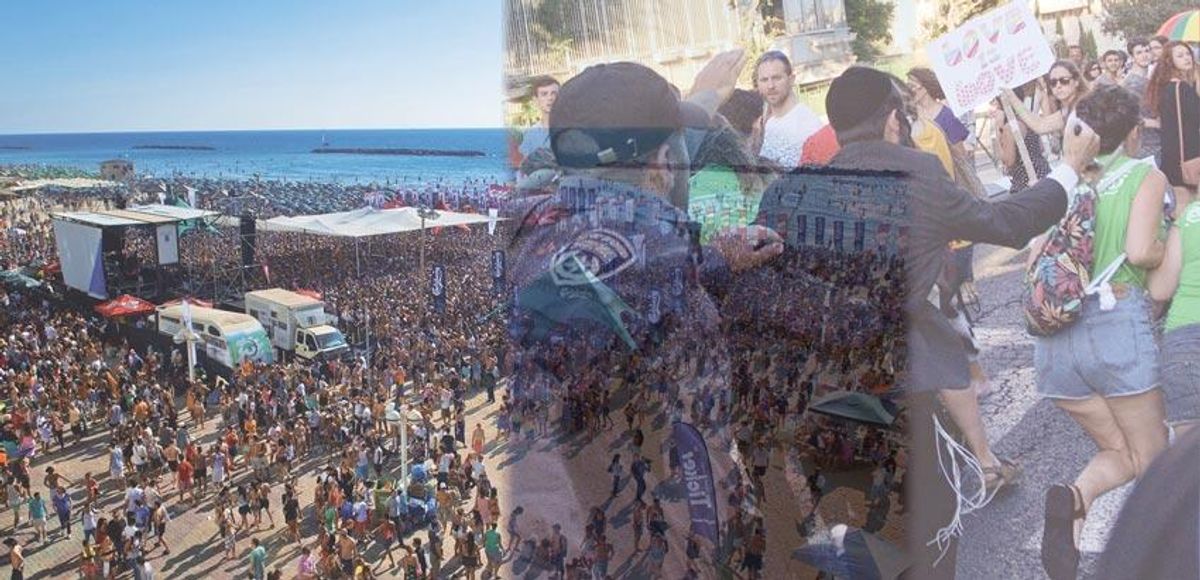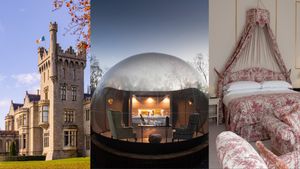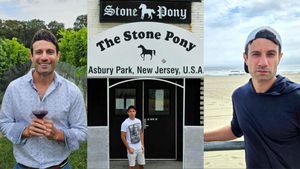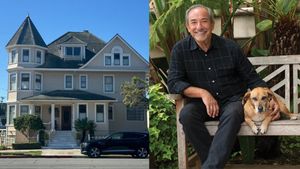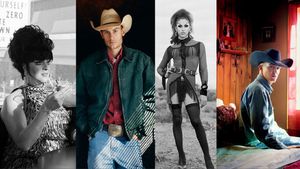I had been livingin Tel Aviv for almost a year before I attended my first Pride and discovered that the spirited, carefree city I thought I knew had actually been withholding a bit of its juice. Suddenly the already raucous nightlife ticked up another few notches and the potent sexual swagger went into overdrive. Because Tel Aviv is a relatively small city, Pride consumed it, sweeping me through drunken streets to the shores of the Mediterranean, where DJs made the sand shake.
At the time, I was about to begin a two-year master's program and was still figuring out my relationship with Israel. Tel Aviv Pride was like a great big sweaty hug -- it promised safety and excitement and the reassurance that all parts of me were welcome here: the spiritual as well as the sexual.
Having come out, and come of age, in the 2000s in California, after the urgency of AIDS but long before marriage equality, I found that Pride always felt comfortable like this -- a celebration with few serious stakes but plenty of Speedo-clad dancers riding waves of sound atop tinseled floats. I had never known Pride any other way -- until I ventured to Jerusalem the following year.
In the holy city, we gathered in Independence Park where, at night, closeted married men still meet in the shadows. The sloping lawn was enclosed and secured and a bit claustrophobic. A colorful balloon arch bobbed over us in a twisted rainbow. I noticed that people were dressed more modestly, by Pride standards, and a generous number sported kippot, the traditional skullcaps of observant Jews. And many attendees were carrying signs. This was not a parade, it was a march.
Not that it wasn't spirited -- as in every Pride, there were towering drag queens and plenty of inebriated joy. But the air also carried a whiff of paranoia. And for good reason: The short route ahead was lined with security guards and demonstrators awaiting with, at best, biblical jeers and, at worst...who knew? (They have been known to toss dirty diapers.)
The possibility of violence also hovered. The fact that Jerusalem Pride occurs in late July or early August, rather than in June as with most other cities, is a reflection of this -- it commemorates an August 1, 2009, shooting at a gay youth center in Tel Aviv. I didn't know that at the time, but I did know that in 2005, an ultra-Orthodox Jewish man had stabbed three people at Jerusalem Pride. He served a decade in prison, was released, and promptly returned to the march last year to stab six more people, killing 16-year-old Shira Banki. He was recently jailed again, this time for life.
So at Jerusalem Pride, I didn't feel free -- I felt vulnerable, which was a strange sentiment to associate with what was supposed to be a party. As I walked along the route, nervously scanning my surroundings, I reminded myself that this was how Pride was born: as a confrontation against a society that would prefer it not exist.
The origin story of Tel Aviv Pride includes such brave defiance as well, of course. But today it is mostly a tribute to its own (hard-earned) fabulousness and serves as a big, brilliant tourism spectacular. Approximately 200,000 people attend -- a number that is half the city's population -- and the sheer scale is intoxicating.
Jerusalem Pride, in contrast, draws only about 5,000 people, but the intimacy is empowering, largely because with it comes a strong sense of urgency and purpose. In a country whose politics are increasingly shaped by a religious orthodoxy that rejects pluralism and diversity, to stand for inclusivity and free expression in such a symbolic city has an impact far beyond the LGBT community.
When I finally grasped the broader significance of Jerusalem Pride, I wondered why so few in Tel Aviv bothered to join their brethren a few miles away. The two cities are just 40 miles apart. As a friend of mine who grew up outside Tel Aviv and now lives in Jerusalem told me, the gays of Tel Aviv don't understand their political influence. In other words, they take their city's gayness for granted and are too lazy to share the power of their presence elsewhere.
This selfishness disturbed me, but looking back at my earlier California Prides that seemed so carefree and frivolous, I see that I was guilty of the same offense. Not far away, there were Prides where participation was a risk and where my presence would have been felt and would have mattered. It is still the case.
Like what you see here? Subscribe and be the first to receive the latest issue of OUT. Subscribe to print here and receive a complimentary digital subscription.
